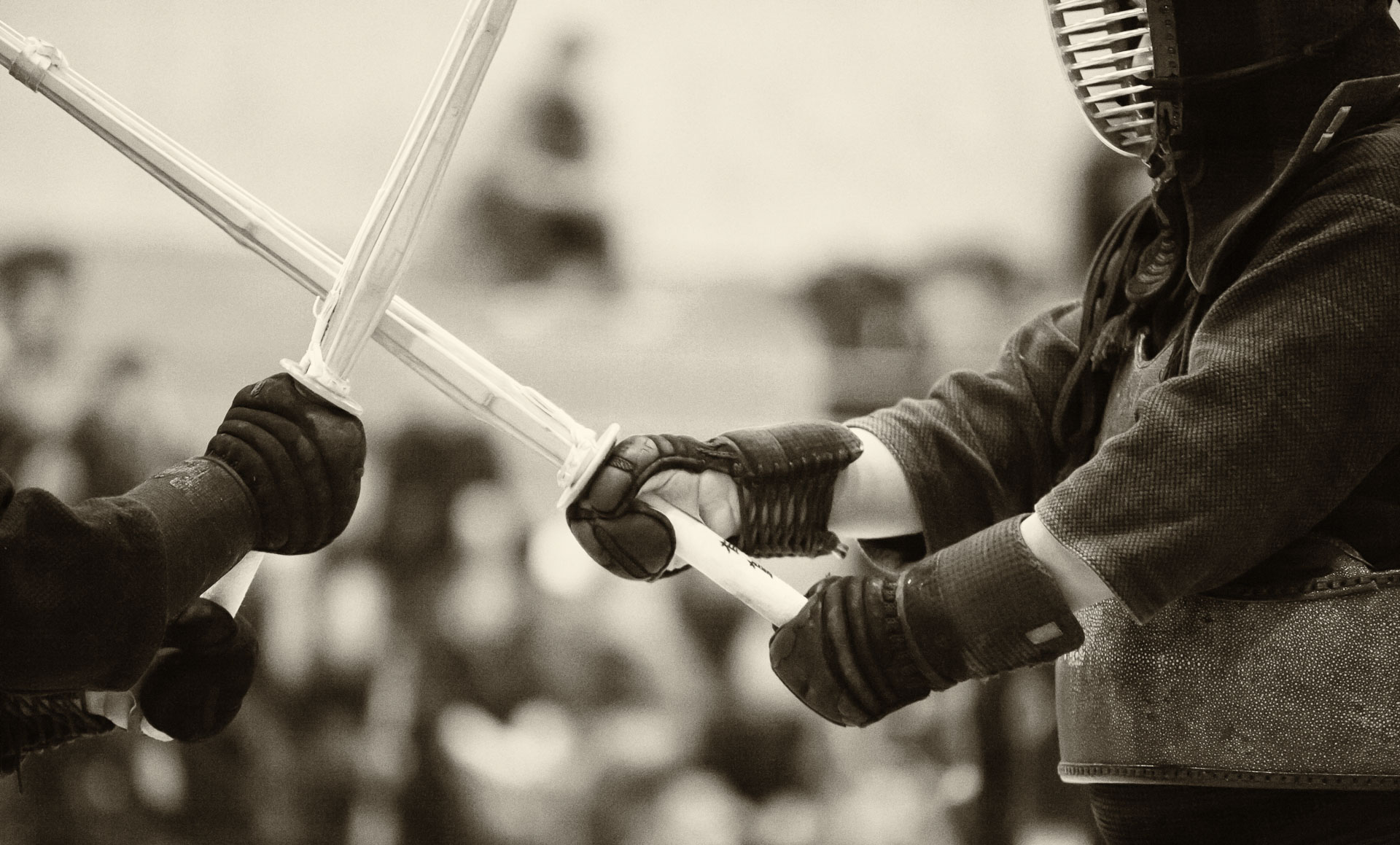
It is easy to distort reality with the stories we tell ourselves and the memories we form by doing so. For example, I’ve been living in Victoria sufficiently long to somehow assume that winter almost never comes here. “Six months of spring, six months of autumn,” is how I like to describe local wether to friends who don’t live here. When we went on sabbatical in 2017, we missed a heavy snowfall, and thought that it was our unique chance to see snow around our house in years. But as we were heading out to play in the snow this weekend, my nine-years-old daughter happily remarked that so far it snowed in Victoria every year of her life. That is, actually, a fact, and we even have photos to prove it. I thought that it was good to get calibrated in how I view the place I live at and generally, how we spend our lives. Not that mild winters is something to complain about to begin with, but if we look closely, we don’t even have a reason to fret about being deprived of snow days. Those are short lived, but we made most of them this year – sledding at a local hill, having a snowball fight with Bruno, our dog, and building a fortress in the front yard. Now, it looks like it will all melt away just in time for the start of school tomorrow.


























